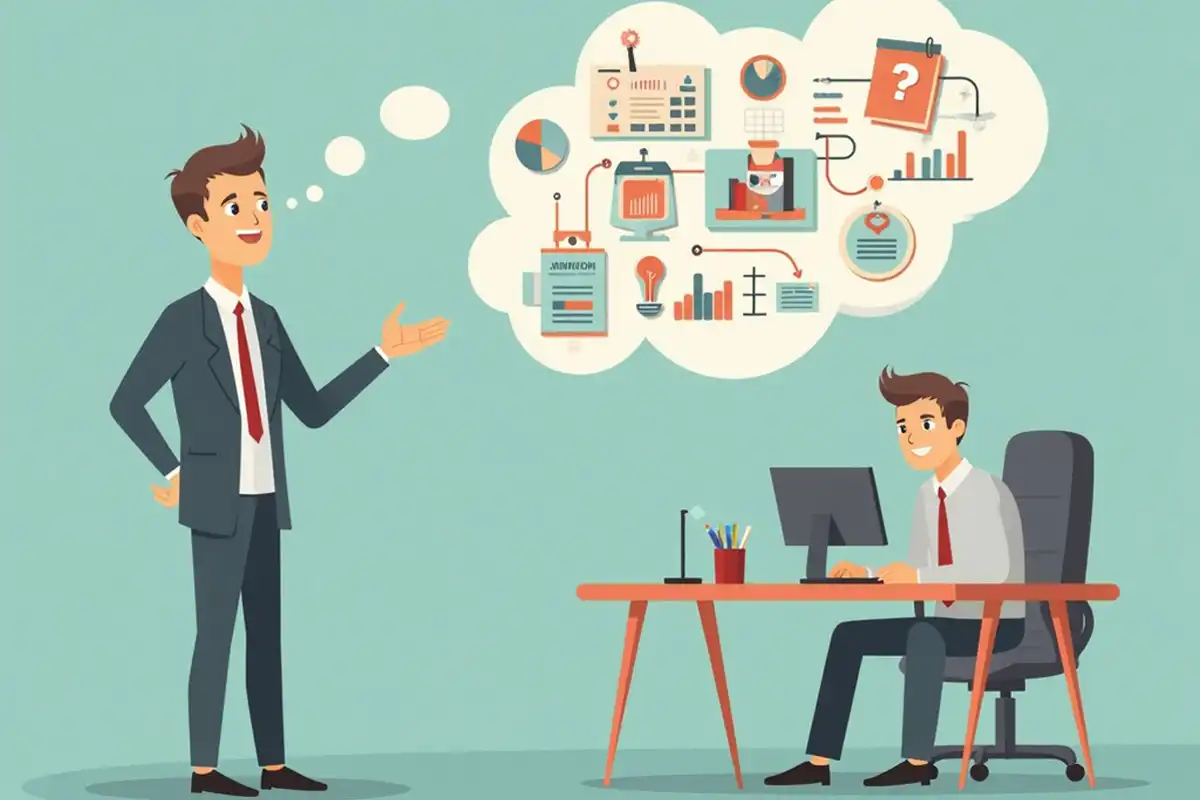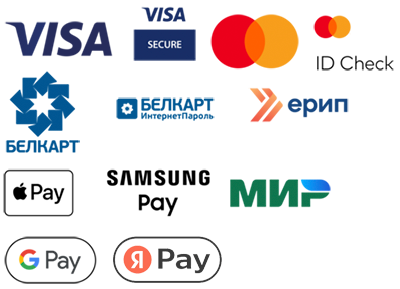A loan is money borrowed to purchase an asset.
If a loan is taken for the purchase of equipment, construction of buildings and structures, then this is a long-term loan, or in another way investment. If a loan is issued for the purchase of inventory, payment of current needs (salary, repairs, etc.), then this is a short-term loan, or in another way a loan for working capital.
In the course of commercial activity, it is necessary to repay both the loan itself and the interest on it.
Let's say a company purchases equipment worth $1 million. Economically and bookkeeping, this is how it is conducted.
The company first:
Takes a loan from a bank D51 K67. The balance is maintained: $1 million in assets (Money), $1 million in liabilities (source).
Buys an asset (equipment) for this money - D08 To 51. There is a redistribution of assets: from money to equipment (purchase from a supplier).
After the equipment is put into operation (D01 K08), it starts working, that is to be amortized.
From this moment on, when the equipment is in operation and already in operation, the amount of $1 million (borrowed) begins to be amortized - written off in parts to the cost. Through the cost, it is returned in revenue to the company's checking account.
It is this part of the proceeds, which is depreciation (the share of the loan being repaid), that the company must return to the bank as part of the principal debt. The repayment schedule is based on this principle, based on the cost plan, revenue and financial capabilities of current activities.
Therefore, when issuing a long-term loan, the bank is obliged to assess the borrower's ability to repay it and determine the repayment rates based on financial flows, market opportunities, competitive potential and many other factors taken into account when assessing risk. Of course, this assessment is based on the borrower's investment business plan.
This is for the main debt.
But besides the main debt, it is necessary to repay the interest on the loan.
The bank charges interest and exposes companies account (D08 K67). The company pays interest to the bank (D67 K51), and then transfers these percentages to the increase in the cost of the equipment for which the loan was taken. Thus, interest on servicing a long-term loan increases the cost of operating equipment and, through depreciation, is also reimbursed by the company as part of revenue.
On short-term loans, interest is usually paid at the expense of the company's profits (D91 K67 accrual, D67 K51 payment). Their compensation is fully regulated within the limits of total revenue and acceptable prices for final products or services.
Ultimately, both long-term (investment loans) and short-term loans are paid for by the buyer of the company's products or services.

































